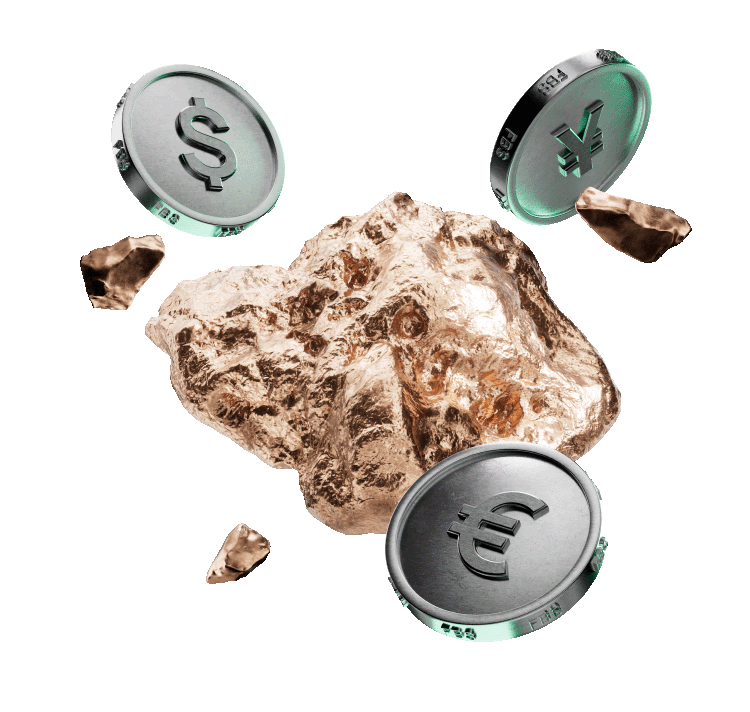spreads AND CONDITIONS
| Asset | Description | Minimal spread | Typical spread | Current spread | Contract size | Swap long | Swap short |
|---|

Discover energies Trading with FBS
Trade oil and natural gas with FBS. Enjoy competitive spreads, high-speed execution, and the insights you need to trade confidently.
why trade energies
with fbs?
LICENSED CFD BROKER
popular energies assets
Power up your portfolio with CFDs on oil, natural gas, and other energy commodities in a trusted trading environment.200+ payment methods
We continuously introduce new local and global methods to deposit and withdraw.24/7 support
Get a reply in less than a minute or schedule a callback.100+ awards
Our trophies showcase the trust we've earned from the global trading community.
uncover your
potential
your funds are secure

NEGATIVE BALANCE PROTECTION
With margin call and stop out, you will never go negative. Your funds are always protected.
DATA SECURITY
We provide segregated accounts, SSL certification, and more.
SECURE WITHDRAWALS
Your withdrawals are protected by one-time password verification methods.
SEGREGATED ACCOUNTS
We keep your funds safe in insured accounts at multiple top-ranking banks, separate from company balances.USDJPY: Turning point

.
EURUSD is Following the Trendline

.
US100: Double scenario

.
XAUUSD: Start of decline

.
USDCAD: Ascending channel

.
BTCUSD: Detailed Outlook

.
GBPUSD: Opportunity for drop

.
EURUSD: Wedge breakout

.
XAUUSD: Potential rebound?

.
Need more
information?
Crude oil is a key commodity in the energy sector and a significant geopolitical asset. Its price fluctuates due to various factors, offering numerous investment and trading opportunities. FBS allows you to trade two primary brands of crude oil: WTI and Brent.
Technically, trading oil is similar to trading other assets. Fundamentally, you need to understand the oil market drivers. First, global oil demand is often influenced by OPEC’s announcements. Second, geopolitical events, such as conflicts involving major oil producers, also impact prices. Technical analysis can further guide your trading decisions.
To trade oil and gas online, open an account with a reliable broker like FBS. Use MetaTrader 5 or the FBS Trader app to find the energy commodities you want to trade: Brent (XBRUSD), WTI (XTIUSD), or gas (XNGUSD). You can trade in both directions; open a long (buy) position if you expect prices to rise or a short (sell) position if you expect them to fall. FBS offers zero commission, competitive spreads, and 1:200 leverage for trading these commodities.
